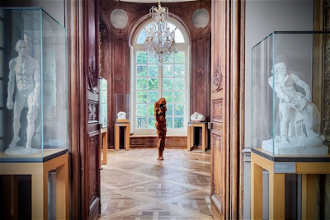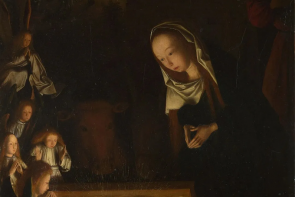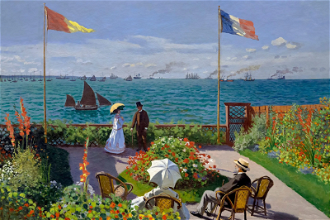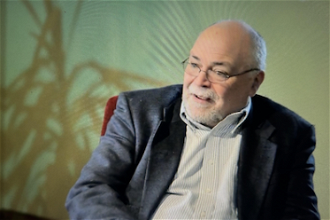Gospel in Art: I passed your word on to them, and the world hated them
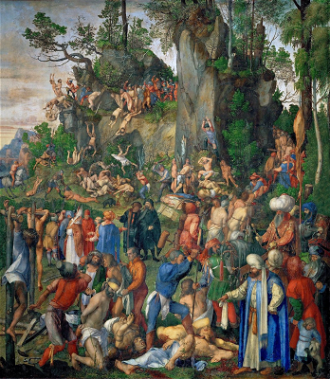
Martyrdom of the Ten Thousand, Albrecht Dürer, 1508, Oil on wood, transferred to canvas early 19th C ©Kunsthistorisches Museum, Vienna / Wikimedia
Source: Christian Art
Gospel of 1 June 2022
John 17:11-19
Jesus raised his eyes to heaven and said:
'Holy Father, keep those you have given me true to your name, so that they may be one like us.
While I was with them, I kept those you had given me true to your name. I have watched over them and not one is lost except the one who chose to be lost, and this was to fulfil the scriptures. But now I am coming to you and while still in the world I say these things to share my joy with them to the full.
I passed your word on to them, and the world hated them,
because they belong to the world no more than I belong to the world. I am not asking you to remove them from the world, but to protect them from the evil one. They do not belong to the world any more than I belong to the world. Consecrate them in the truth; your word is truth.
As you sent me into the world, I have sent them into the world, and for their sake I consecrate myself so that they too may be consecrated in truth.'
Reflection on the painting
Our painting by Albrecht Dürer depicts the legend of the ten thousand Christians who were martyred on Mount Ararat, in a massacre perpetrated by the Persian King Saporat on the command of the Roman Emperors Hadrian and Antonius Pius. The painting was commissioned by Frederick the Wise (1463-1525), Elector of Saxony, who owned relics from the massacre. This painting was placed in the relic chamber of his palace church in Wittenberg. Dürer's gruesome scene depicts scores of Christians meeting a violent death in a rocky landscape. Many horrendous ways of martyrdom are shown (crucifixions, decapitations, crushing with a hammer, torture, stoning,…). The oriental potentate in the blue cloak and the Persian King on his horse are portrayed as directing all the killings. In Dürer's time the viewers would have perceived these figures as a reference to the threat of Turkish invasion, because of the seizure of Constantinople in 1453. Most executioners are also wearing Ottoman dress. In the centre of the painting is the rather incongruous figure of the artist, holding a staff with the inscription: 'This work was done in the year 1508 by Albrecht Dürer, German.'
Martyrdom is one of the elements that Jesus foretells in our Gospel reading today. As Jesus spoke these words before his Passion, he knew that the disciples were about to be scattered. He knew that, scattered and alone, proclaiming the good news in all corners of the world, they would face resistance, mockery, unbelief and even martyrdom. Silence would have saved them from certain martyrdom. Jesus foretold that the 'world would hate them'.
In their moments of martyrdom, the disciples must have remembered these words of Jesus. Today is also the feast of Saint Justin Martyr. In his quest for speaking the truth, he was beheaded in 165AD during the reign of Marcus Aurelius.
LINKS
Christian Art: www.christian.art
Today's image: https://christian.art/daily-gospel-reading/john-17-11-19-2022/



